How To Make Money From YouTube
To start earning money on YouTube, you must qualify for the YouTube Partner Program (YPP) by meeting requirements such as 1,000 subscribers and 4,000 public watch hours. Let's explore the different ways to achieve this!
For many YouTubers, creating content is the primary way they want to make revenue (not just for free), whether it be for themselves or to build a business.
In this blog, we'll cover the requirements you need to be approved for the YouTube Partner Program (YPP), how to make money from YouTube, how to reach the requirements and what can impact your earning potential.
Getting Monetised
To start earning money on YouTube, you must first qualify for the YouTube Partner Program (YPP), which enables creators to earn revenue from ads shown on their videos. To be eligible, you need to meet these requirements:
- 1,000 subscribers
- 4,000 public watch hours in the last 12 months or 10 million Shorts views in the past 90 days
- Adherence to YouTube’s community guidelines and monetization policies
Once approved, your videos can display ads, and you’ll begin earning revenue from Ad Sense!

Now, let's talk about these requirements and the various ways to help increase them to speed up your monetisation process!
How To Increase Watch Time To Get Monetised On YouTube
Watch time is vital for boosting visibility and growth. Engaging content that keeps viewers watching longer improves rankings and attracts a larger audience for the video.
You'll also need to reach 4,000 hours of watch time to make money on YouTube.
This is why you need to focus on creating high-quality videos that resonate with your viewers to increase watch time and grow your channel.
1) The First 30 Seconds
The first few seconds of your video are crucial for capturing attention and keeping viewers from clicking away. A strong hook boosts metrics like watch time and audience retention.
Successful creators like MrBeast use high-energy hooks or shocking revelations to grab attention immediately as soon as the viewer clicks on the video. Mastering this skill can enhance your video's performance and grow your audience. Experiment with different hooks to see what resonates best with your target viewers.
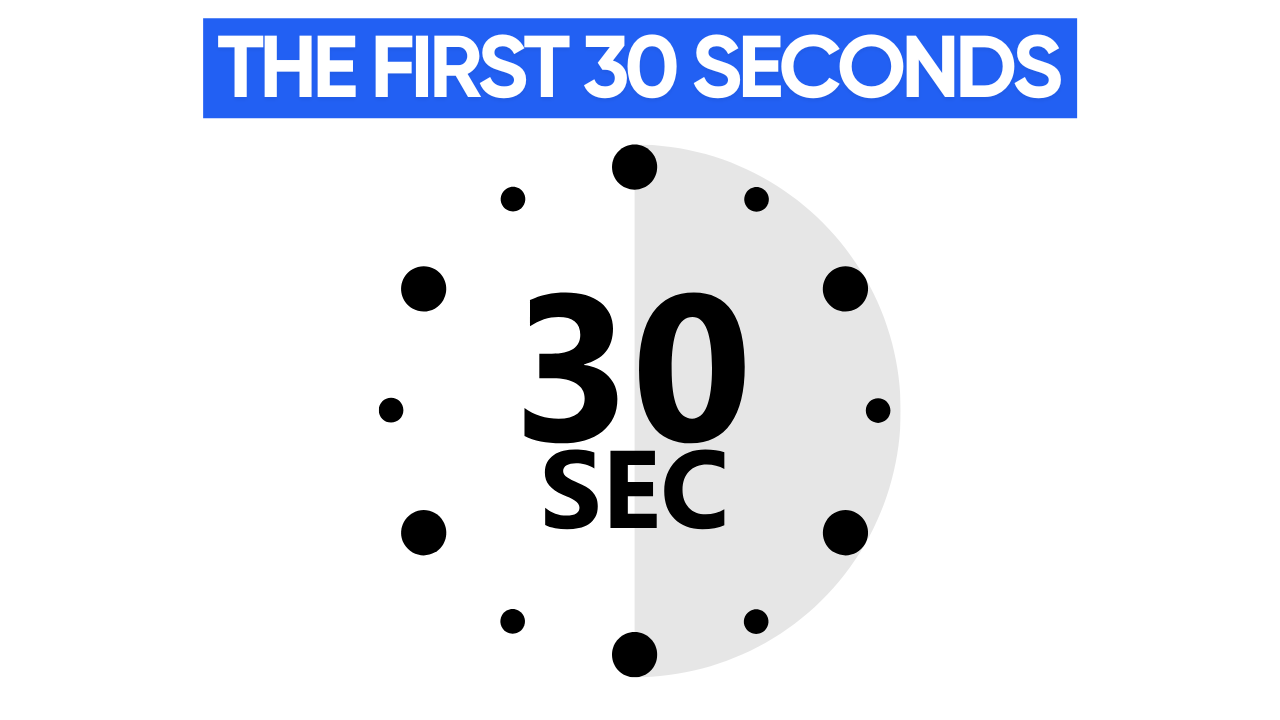
2) Focus On Storytelling Or Structure To Get Monetised On YouTube
A clear structure or flow keeps viewers engaged by guiding them through your video rather than presenting random content. For informational videos, use sections or chapters (adding markers for longer videos) to help viewers follow along. In vlogs or casual content, storytelling techniques create an emotional connection, which guides viewers from the start to the finish of the video.
Keep videos well-paced to avoid monotony throughout the video, incorporating dynamic cuts, transitions, and background music to keep your content fresh. By structuring effectively and varying your pacing, you can create compelling videos that hold your audience’s attention throughout, increasing watch time. We've also previously interviewed an expert scriptwriter George Blackman on how to scriptwriter like a pro, which we've put into an in-depth article for you.
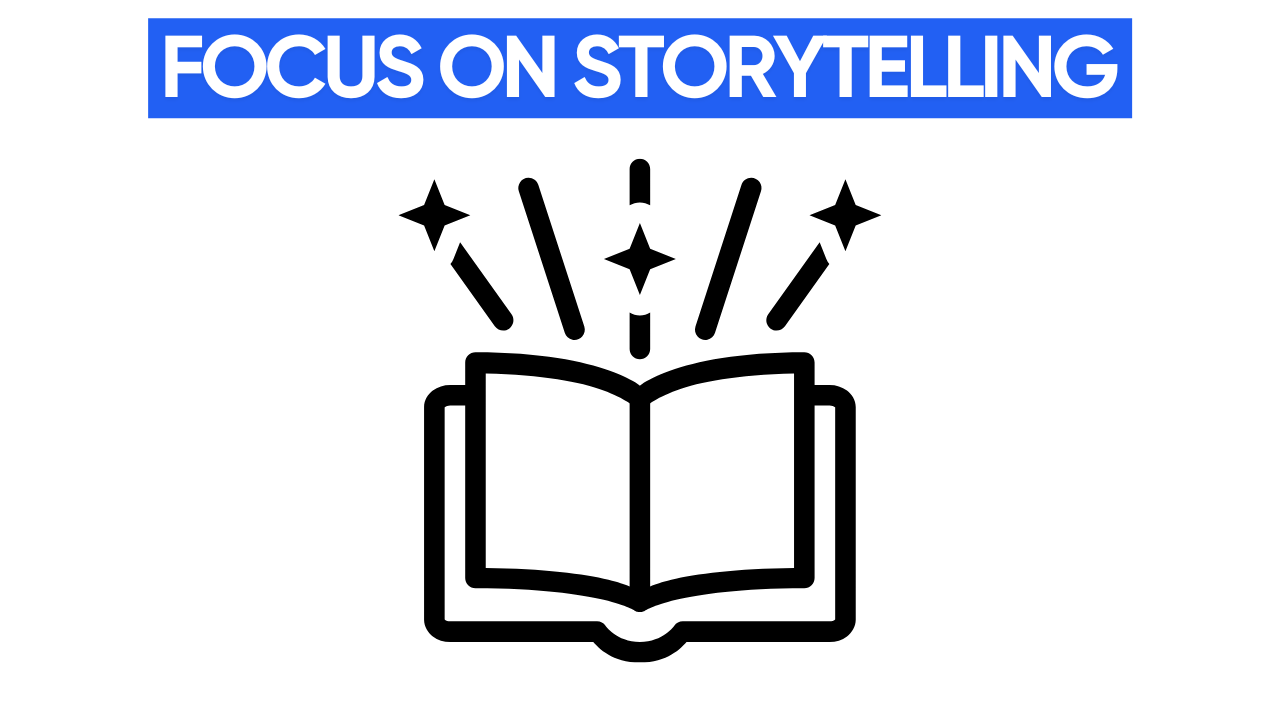
3) Use Open Loops To Get Monetised On YouTube
An open loop sparks curiosity by introducing a question or idea early in the video but saving the answer for later. For example, in a “Top 5 Tips for Better Productivity” video, you could tease a powerful bonus tip in the intro, encouraging viewers to stay until the end.
Use open loops subtly - there’s no need for constant cliffhangers, which can negatively impact the viewing experience. When used strategically, this technique keeps viewers engaged and watching longer.
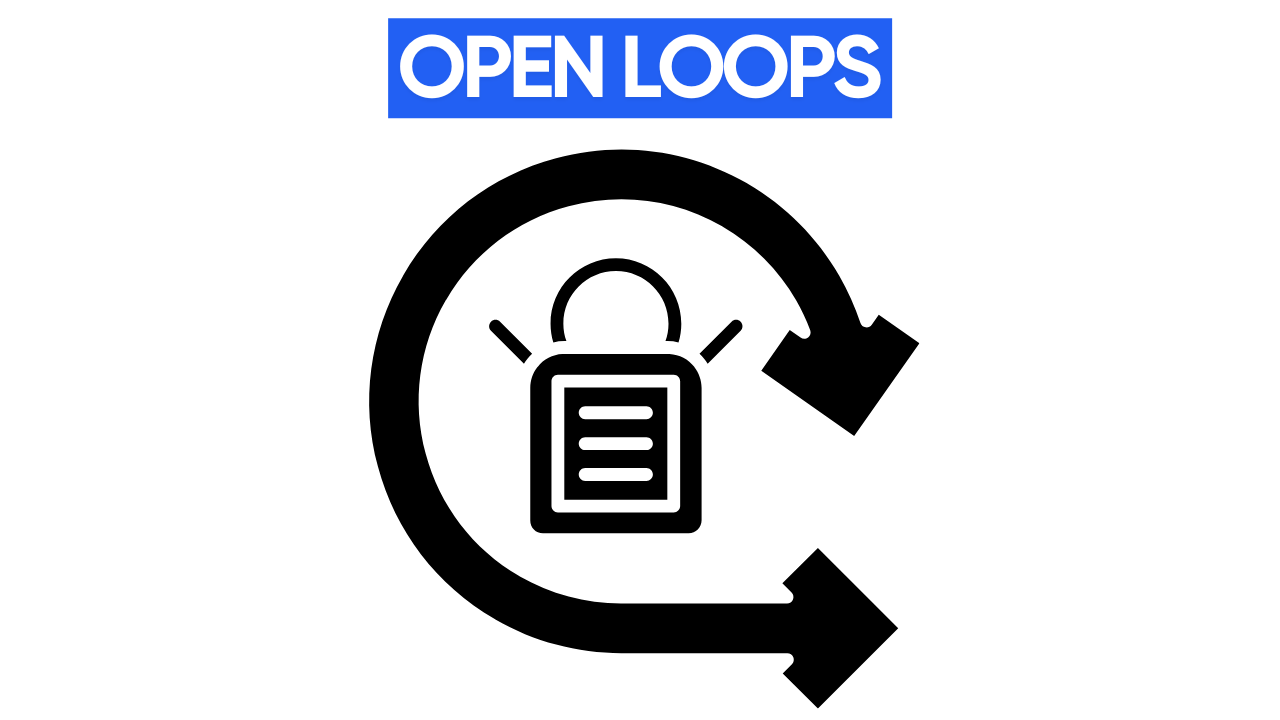
4) Add Visuals To Get Monetised On YouTube
Visuals are key to keeping viewers engaged. Static shots can lead to a decrease in attention, so be sure to use B-roll, on-screen text, or charts to keep the video visually interesting. For tutorials, use screen recordings or relevant footage to make the content more professional and engaging to deliver information both visually and verbally.
Creators like Peter McKinnon excel at using B-roll to enhance storytelling, adding depth and maintaining viewer interest. Integrating diverse visuals means you can create more engaging, informative, and entertaining videos which boosts viewer retention and watch time.
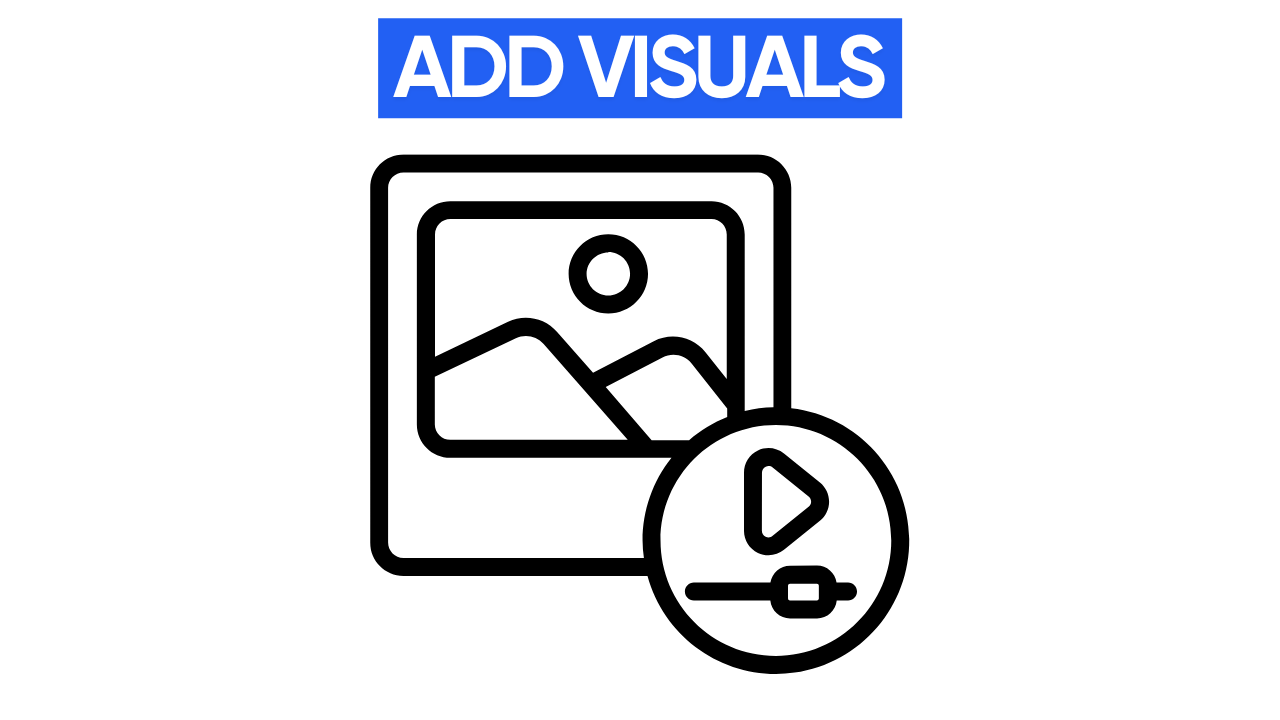
5) Video Pacing To Get Monetised On YouTube
Pacing is crucial for keeping viewers engaged. Too slow, and they tune out; too fast, and it can feel overwhelming. Use YouTube’s audience retention metrics to identify drop-off points and adjust accordingly, letting you tighten your intro or avoid repetition.
High-energy content benefits from faster pacing, while educational videos may need a slower, deliberate flow to help viewers absorb information. It's important that you tailor your pacing to your content and audience for better retention. Combining strong hooks, clear structure, open loops, engaging visuals, and balanced pacing means you can boost watch time and keep viewers glued to your videos.
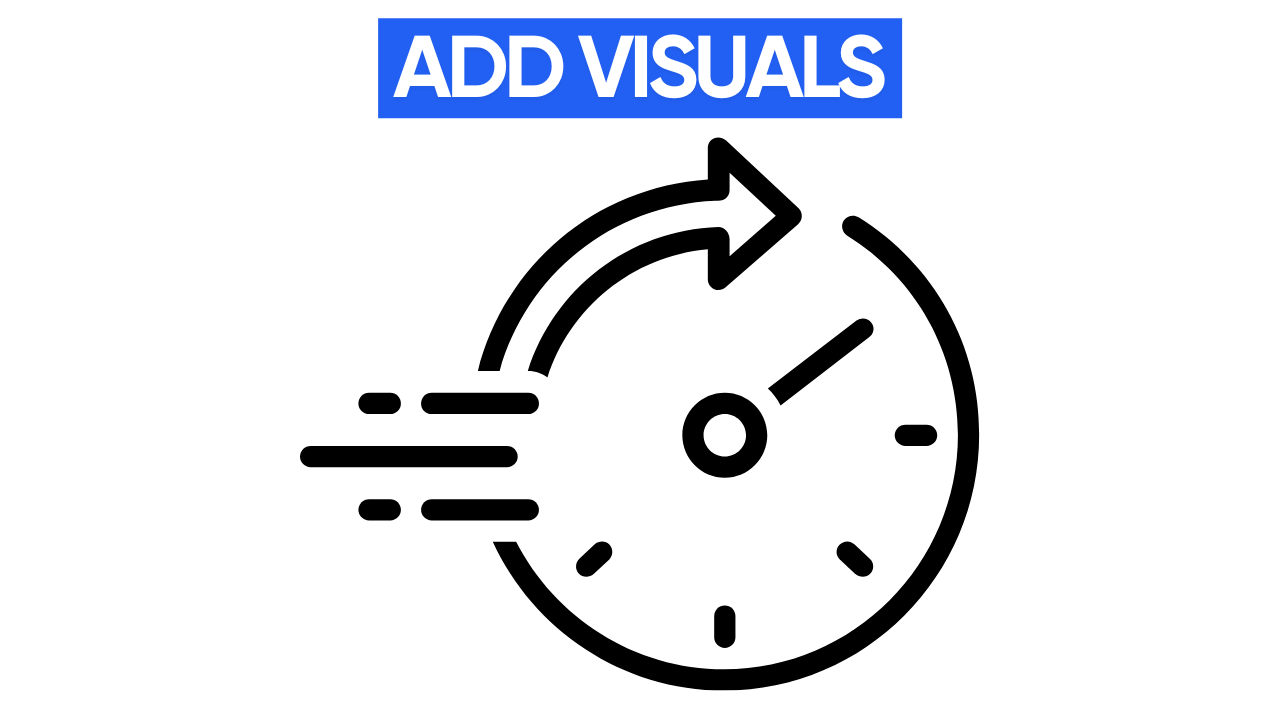
You can find out more about how to increase your Watch Time in our other blog post here.
How To Get 1,000 Subscribers To Get Monetised On YouTube
Reaching your first 1,000 subscribers on YouTube is a major milestone, marking the payoff for all your hard work. But it’s not just about luck, it takes strategy.
Whether you’re new to YouTube or struggling to gain traction, the right approach can help you get noticed, build momentum, and achieve that 1,000-subscriber goal faster than you might expect to make money from YouTube.
1) Choosing A Niche That Has Potential To Get Monetised On YouTube
Choosing the right niche for your YouTube channel requires balancing your interests, market size, and competition level. Here's how to get it right:
- Interest: Focus on topics you genuinely enjoy. This keeps you motivated, especially during slow growth phases, and helps you better connect with your audience’s needs.
- Market Size (TAM): Ensure your niche has a large enough audience by analysing top creators' view counts. Use tools like 1of10 to identify high-performing videos. Aim for niches where top creators regularly get hundreds of thousands of views, indicating strong demand.
- Low Competition: Instead of diving into oversaturated niches, carve out a unique “micro-niche.” For example, in cooking you can focus on 15-minute meals for students or budget-friendly recipes. This helps you stand out while maintaining a broad enough audience.
Aligning your content with your interests, targeting a sizable audience and differentiating yourself within the niche will let you set a strong foundation for YouTube growth.
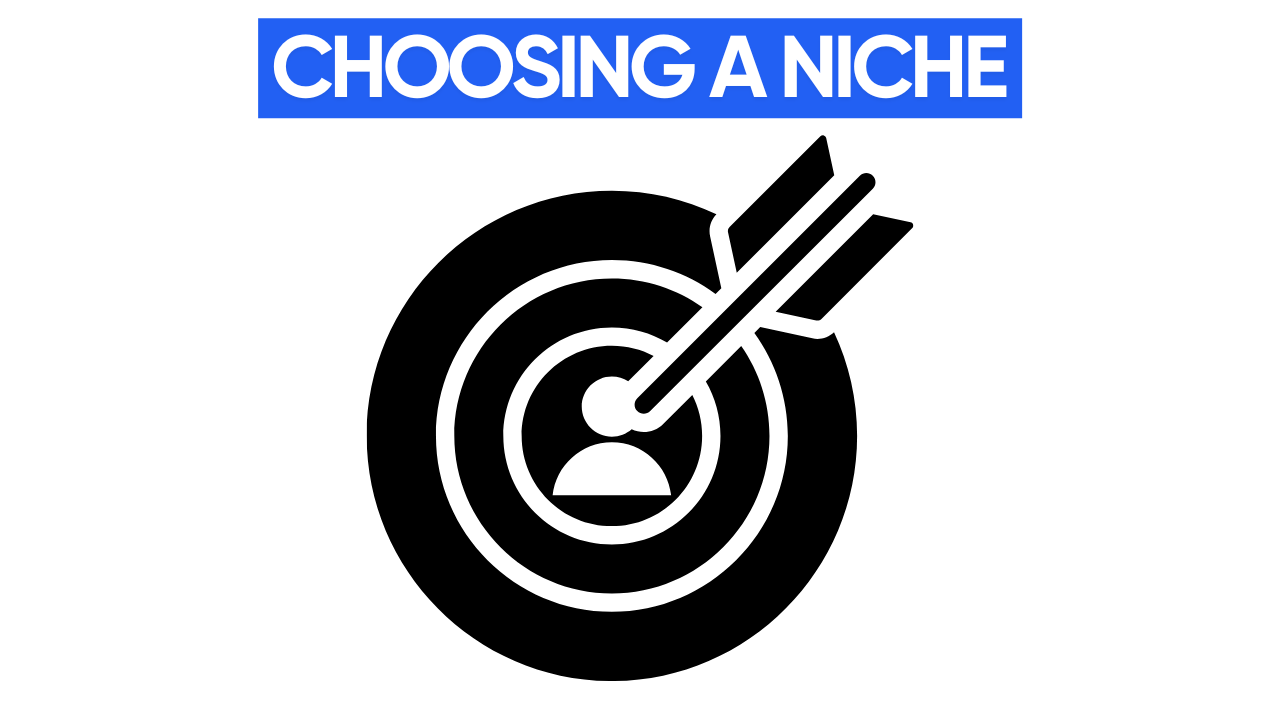
2) Finding Viral Ideas To Get Monetised On YouTube
With your niche in place, the next step is finding content ideas that attract your audience. The “outlier ideation” method is a powerful way to identify high-potential topics:
- Within Your Niche: Study top-performing videos from creators in your space. Tools like 1of10 can help you track competitors and identify “outliers”—videos that perform exceptionally well. These outliers can inspire content ideas with viral potential.
- Beyond Your Niche: Explore adjacent niches for inspiration. For instance, if your channel is about photography, check out popular content in videography or graphic design.
Analysing trends in your niche and related ones lets you spot patterns in titles, formats, and topics that resonate with viewers. Adapt these ideas while adding your unique twist to create content with viral appeal for your viewers.
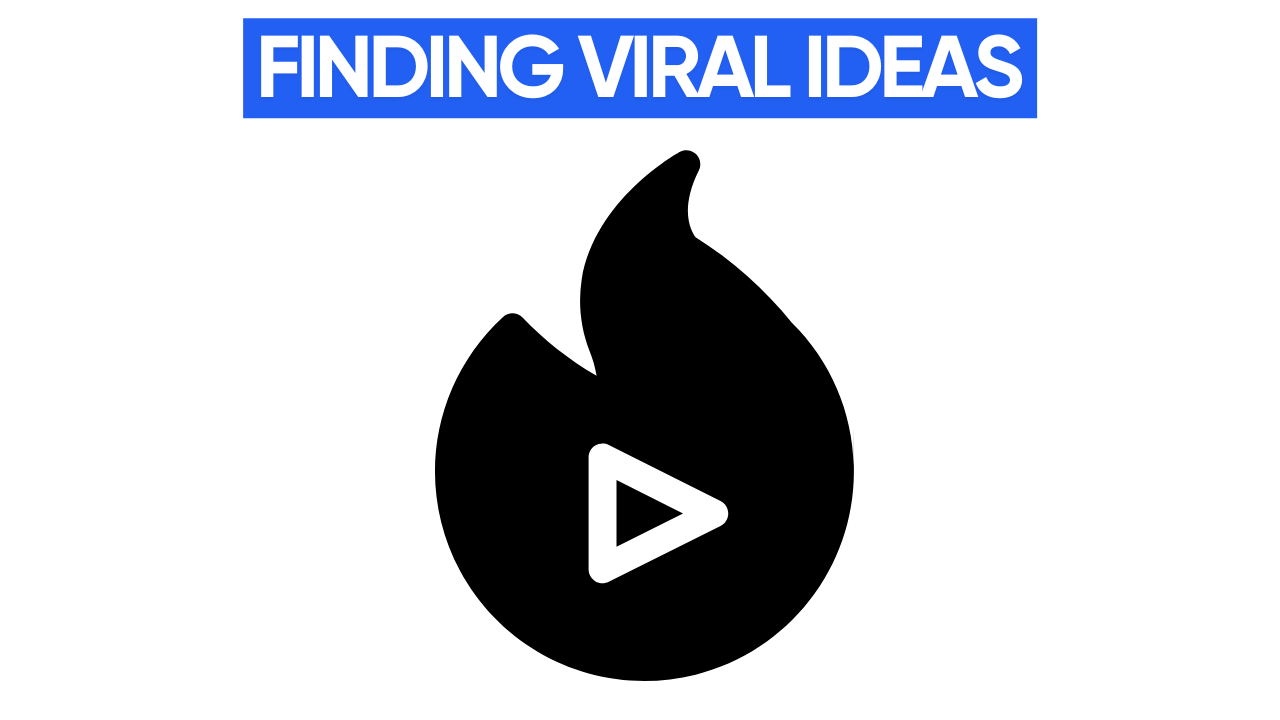
3) Validate Your Ideas To Get Monetised On YouTube
Not every content idea is worth pursuing. Before creating a video, ensure the idea has the potential to succeed. Here’s how to verify it:
- Check for Recent Success: Look for recent content that has performed well. Ideas that were successful months ago may no longer be relevant, so ensure your idea aligns with current trends.
- Avoid Overdone Formats: If a format is being used too often, it’s likely saturated. Instead, focus on fresh ideas that still have room for growth and haven't been overused.
This process helps you focus on high-potential ideas, saving time and effort on videos that may not gain traction.
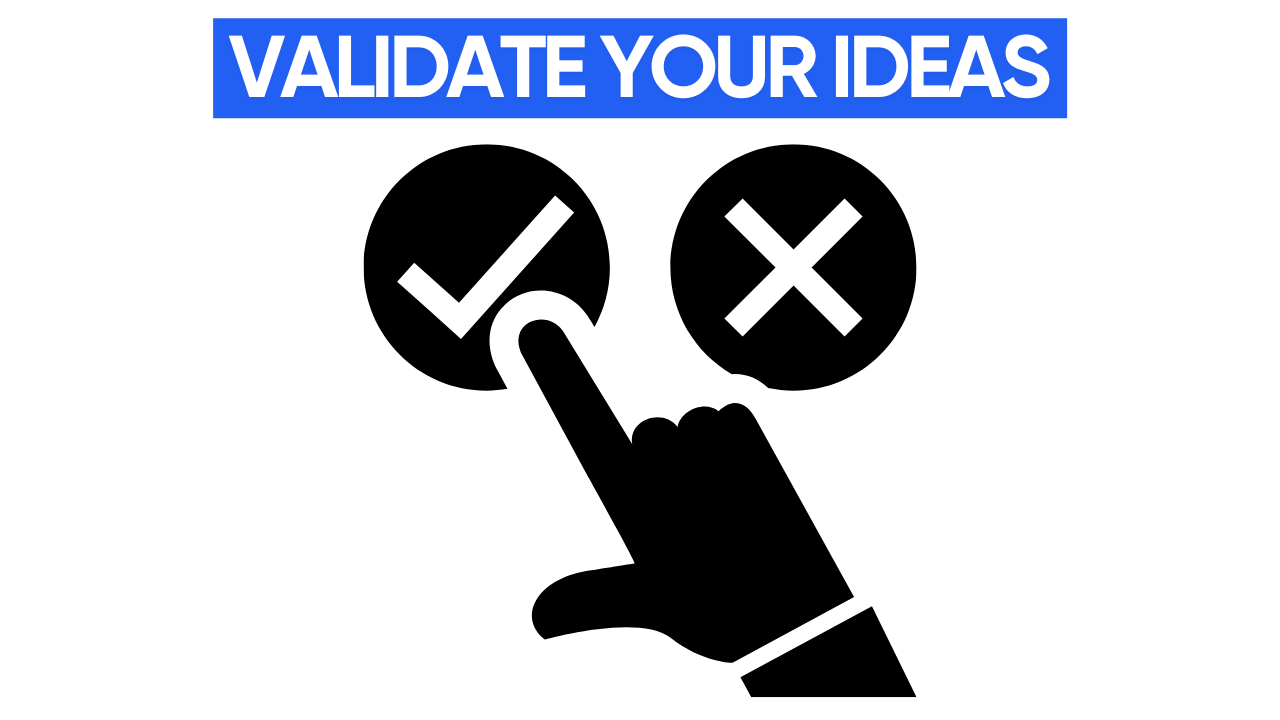
4) Perfect Your Packaging (Titles and Thumbnails) To Get Monetised On YouTube
Packaging is crucial for getting clicks on YouTube. Even the best video won’t perform well without an attractive title and thumbnail. These elements work together to make a strong first impression, so be sure to take time to perfect them.
- Thumbnails: Your thumbnail should quickly grab attention and convey what the video is about. Compare it to others in your niche to see how well it stands out.
- Titles: Your title should spark curiosity or promise value while being concise. The best titles don’t just describe the video, they also make viewers feel compelled to watch.
Don’t hesitate to adjust your title or thumbnail after uploading. YouTube allows changes, so a small tweak has the potential to significantly improve your video’s performance.
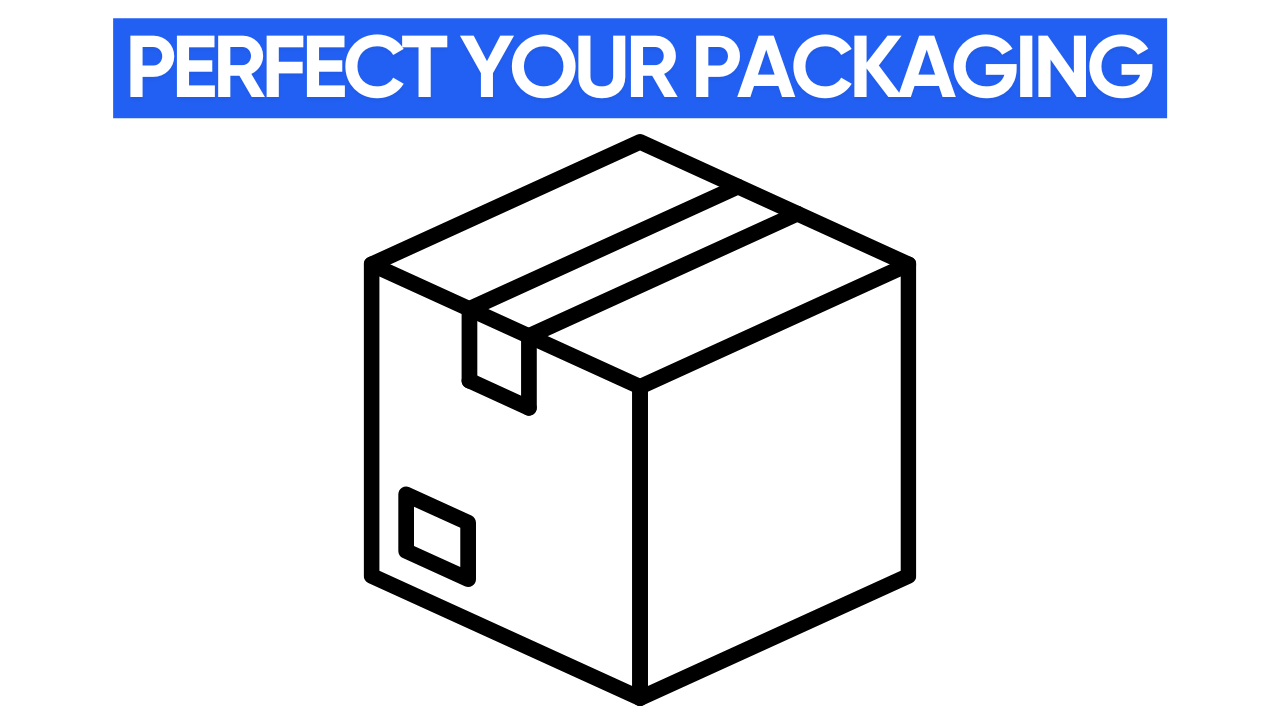
5) Following Niche Content Formats To Get Monetised On YouTube
Before recording, study the successful creators in your niche to understand the type of content your audience likes. This includes things like video length, pacing, intros, humour, and overall style.
- Video length: Are most of the popular videos in your niche around 10 minutes, or are they shorter? Changing to the preferred length can increase your chances of holding your audience’s attention.
- Pacing and style: Some audiences prefer fast-paced content with lots of jump cuts, while others enjoy more laid-back videos. Watch how the top creators in your niche handle these elements and think about how you can add them into your own videos.
By learning from what’s already working, you increase your chances of creating content that connects with your audience from the start.
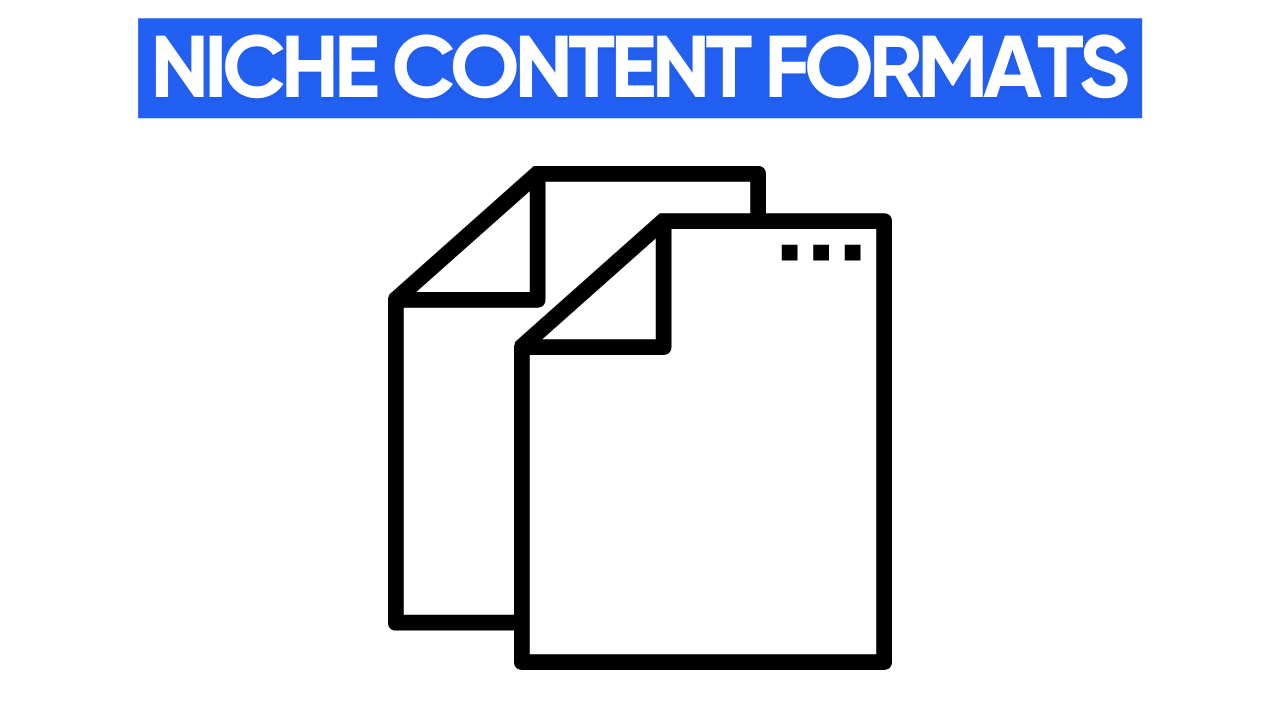
6) Creating a Feedback Loop To Get Monetised On YouTube
Once you start uploading, keep improving by creating a feedback loop with your audience and analysing YouTube analytics.
- Use Polls and Questions: The Community Tab is a great tool to interact with your viewers. Ask what topics they want to see or get feedback on past videos. This helps you create content they enjoy, leading to more views and subscribers.
- Analyse Feedback with Stats: Combine audience feedback with your analytics. For example, if viewers love a video but your stats show a high drop-off rate, adjust the pacing or structure of future videos to help improve the performance of your future videos.
- A/B Test Thumbnails: YouTube now allows A/B testing for thumbnails, so experiment with different designs to see which one increases your click-through rate (CTR).
By listening to both your audience and your analytics, you'll continue to improve your content, increasing its performance over time.

Now that you're monetised, let's talk about how YouTube Ad Sense works and what determines your revenue!
Understanding How YouTube Ad Revenue Works To Get Monetised On YouTube
As part of the YouTube Partner Program, you mainly earn money through ad revenue, with the amount per view depending on key metrics:
- CPM (Cost per Thousand Impressions): This is what advertisers pay for 1,000 ad impressions, varying by niche, audience, and season. CPM rates range from $2 to $15, with higher rates in niches like finance or technology.
- RPM (Revenue per Thousand Views): RPM reflects what you earn after YouTube takes its 45% cut, including revenue from ads, Super Chat, memberships, etc. RPM typically ranges from $1 to $5 per 1,000 views.
For example, if your RPM is $2, you earn $2 for every 1,000 views. Below is a table that shows the differences more clearly.

Now let's cover what actually impacts your earning potential!
1) Niche
Your niche plays a key role in your earnings. For example:
- High-earning niches: Finance, business, real estate and technology (RPMs range from $8 to $15).
- Moderate-earning niches: Health, fitness, lifestyle and education (RPMs range from $4 to $8).
- Low-earning niches: Entertainment, comedy and vlogging (RPMs range from $1 to $4).
Advertisers pay more in niches with higher conversion potential, leading to higher RPM for creators in those areas.
2) Audience Location
Your audience’s location affects your earnings and the amount you make money on YouTube. Views from countries like the U.S., Canada, the U.K., and Australia tend to have higher CPMs due to higher ad spend in these regions. On the other hand, views from countries with lower ad spend, like India or Southeast Asia, result in lower ad revenue.
While view count is important, other factors like content quality, audience engagement, and the type of ads on your videos also impact your earnings.
3) Video Length
Videos longer than 8 minutes allow for multiple ad placements - including at the beginning, middle, and end, which boosts your earnings potential compared to shorter videos with ads only at the start and end.
However, balance video length with viewer engagement. Longer videos can generate more ad revenue, but may also lead to higher drop-off rates if the content isn’t engaging.
Create videos long enough for multiple ad breaks without sacrificing quality or viewer experience, and consider using shorter and more frequent ad breaks to avoid overwhelming your audience.

Achieving YouTube monetization is a rewarding milestone, but it requires dedication, strategy and a consistent effort to meet the eligibility requirements. Focusing on increasing watch time, gaining subscribers and creating engaging content will let you build a solid foundation for success.
Once you're part of the YouTube Partner Program, the potential for revenue grows as you optimise your videos, audience engagement and ad strategies.
So be sure to keep experimenting, refining and learning from your analytics to maximise your earnings and continue growing your channel.
You can also check out our other blog where we cover the different ways to make money from YouTube (not just Ad Sense) in the link.
